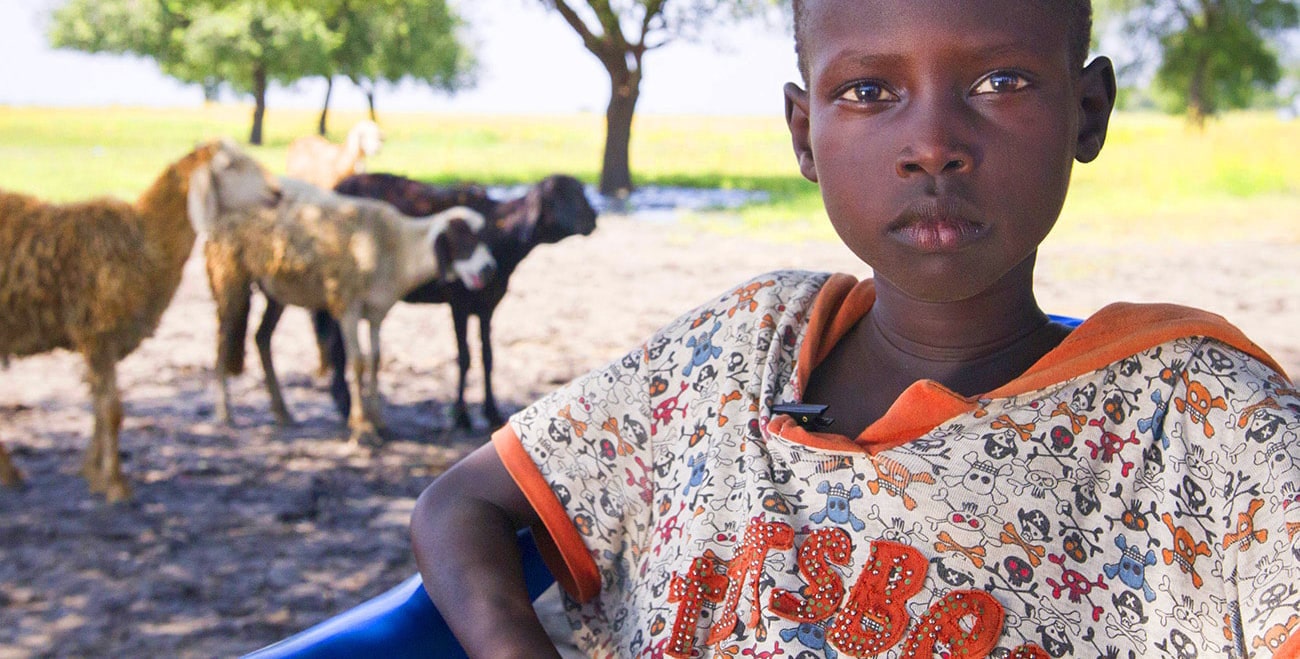General characteristics
This Dashboard presents the preliminary analysis of the general context of communities assessed. Items explored in this section include: basic population numbers and subgroups; the existence an activity of local governance groups; the existence and use of plans at community level; the description of natural and physical environment; the identification of most vulnerable groups; the main shocks and stresses affecting the community and the analysis of how these interrelate and interact to form “Risk Scenarios”. This analysis also includes the impact of the main risk scenario in communities and the coping mechanisms they have used to deal with the prioritized risk scenario. Depending on the country where the ARC-D were conducted, the information will be available in English, French or Spanish.
Resilience by Category
The results of the ARC-D toolkit serve as a valuable entry point into analysis of critical sector systems and thematic areas. The 30 components of disaster resilience can be categorised in these two ways: critical sector systems and/or thematic areas.
The analysis of critical sector systems allows to do a “vital signs” check on these systems for disaster resilience and identify the functional systems that can be leveraged for better resilience outcomes or dysfunctional systems that need to be strengthened or transformed to better support community disaster resilience.
The four thematic areas, correspond to the four Priorities for Action of the 2015-2030 Sendai Framework for Disaster Risk Reduction. The thematic areas allow to focus actions within and across sectors by States at local, national, regional and global levels.
Resilience by Geography
The ARC-D toolkit has been successfully applied to measure community disaster resilience in rural, peri-urban and urban contexts in many countries, including Honduras, Haiti, Kenya and Uganda, among others. In this section you can filter results by geography to analyse information of interest by country community or context.
Resilience Radar
The resilience radar is a visual aid to illustrate resilience scores for the 30 ARC-D components. It helps users easily identify critical components and those with the highest scores, to make decisions and prioritize interventions to improve disaster resilience at community level.
Resilience and Comments
This Dashboard centralizes all qualitative information (comments) raised during the application of Part B. It can be filtered by context, risk scenario, and/or resilience components. The dashboard also visualizes the level of disaster resilience that corresponds to each of the 30 components and at the same time it allows to easily identify which components score the highest or minimum resilience levels. Depending on the country where the ARC-D were conducted, the information will be available in English, French or Spanish.
Frequency of Communities
This dashboard helps users to easily identify the distribution of communities to resilience level per component. Therefore, users can select the component of their interest and see the average of resilience levels in different contexts where the ARC-D has been applied.
